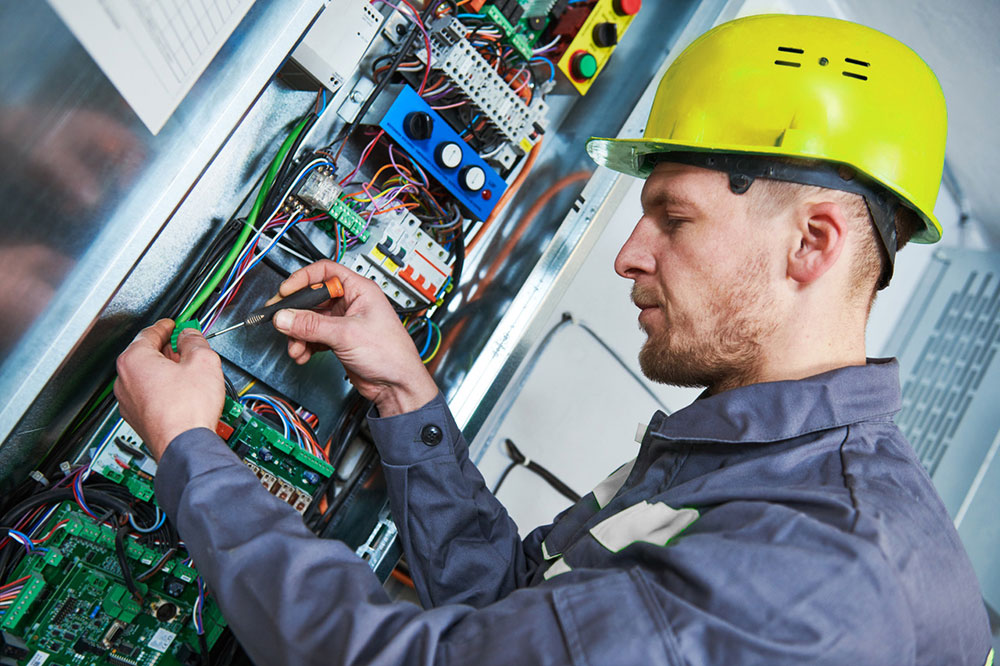Understanding the Basics of Choosing Elevator Components
Elevators are an integral part of modern buildings, providing vertical transportation and convenience for occupants. While they may seem like simple machines, elevators consist of various components that work together to ensure smooth and safe operation. Let’s explore the basics of elevator components to gain a better understanding of how they function.
Hoistway: The hoistway, also known as the elevator shaft, is the vertical shaft through which the elevator car moves. It is constructed with precision to accommodate the elevator components and provide a safe enclosure.
Elevator Car: The elevator car is the compartment that carries passengers or goods. It is designed to be sturdy and spacious, with doors for entry and exit. Safety features such as emergency buttons and intercom systems are typically installed inside the car.
Suspension System: The suspension system consists of steel ropes or cables, known as hoist ropes, which are attached to the top of the elevator car. These ropes are wound around a sheave or pulley located in the machine room at the top of the hoistway. The suspension system is responsible for lifting and lowering the elevator car.
Counterweight: To counterbalance the weight of the elevator car and its occupants, a counterweight is used. The counterweight is attached to the other end of the hoist ropes and moves in the opposite direction of the elevator car. This arrangement helps reduce the amount of power required to operate the elevator.

Electric Motor and Drive System: The electric motor powers the movement of the elevator car. It is typically located in the machine room and drives the sheave or pulley. The motor is controlled by a drive system, which ensures smooth acceleration, deceleration, and precise floor leveling.
Control System: The control system of an elevator oversees its operation, monitoring and coordinating various functions. It includes buttons or touch panels in the elevator car and on each floor, allowing users to select their desired destination. The control system manages the opening and closing of doors, floor selection, and safety protocols.
Safety Mechanisms: Elevators are equipped with several safety features to protect passengers. These include door sensors that prevent doors from closing if an object is detected, emergency brakes that engage in case of a sudden stop or free fall, and backup power systems to ensure elevator operation during power outages.
Guide Rails: Guide rails are installed along the walls of the hoistway to guide the elevator car’s movement. The car is equipped with rollers that ride along these rails, ensuring stability and preventing lateral movement.
Door Systems: Elevator doors are designed to provide access to the car when it aligns with the floor. They consist of a pair of doors, one on the hoistway side and one on the car side. The doors are equipped with sensors and safety mechanisms to prevent accidents and ensure proper operation.
Safety Overhead: At the top of the hoistway, there is a safety overhead that acts as a protective barrier. It prevents the elevator car from traveling beyond its intended range and provides space for the elevator components located on top of the lift part suppliers.
Understanding these basic elevator components helps us appreciate the complexity and engineering involved in their design and operation. Each component plays a vital role in ensuring the efficiency, reliability, and safety of elevator systems, contributing to the convenience and functionality of modern buildings.

